PCCP themed issue: The free energy landscape: from folding to cellular function
Guest Editors: Ruth Nussinov (National Cancer Institute, SAIC-Frederick, and Tel Aviv University) and Peter Wolynes (Rice University)
Submission Deadline: 7th October 2013
PCCP is delighted to announce a high-profile themed issue ‘The free energy landscape: from folding to cellular function’. The themed issue will be published in Physical Chemistry Chemical Physics (PCCP) in 2014. It will receive great exposure, and get significant promotion.
In 1991, Frauenfelder, Sligar and Wolynes proposed the free energy landscape description for the ensemble of folded protein states. The free energy landscape’s funnel-like shape indicated that folding is driven by the hydrophobic effect; that proteins can populate a large number of conformational substates; and that strong energetic conflicts are minimized in the most populated, native states, satisfying the principle of minimal frustration.
Eight years later, Nussinov and her colleagues suggested that this concept can help explain protein function, including functional binding events, aggregation, catalysis, allostery, and signalling across the cell, via ‘conformational selection and population shift’. Population shift emphasized that all conformational substates pre-exist, and that evolution has exploited them for function. Population shift is now broadly recognized as the origin of allostery, and thus of signaling across multimolecular complexes; pathways and the entire cellular network. The propagation pathways may help explain the effects of allosteric, gain-of-function mutations.
This themed issue aims to underscore the linkage between fundamental physicochemical principles to the cellular network, regulation, function and misfunction in disease.
The issue will broadly cover research relating the free energy landscape to function including:
- Protein and RNA folding, allostery, the shift in the equilibrium between the inactive and active protein states as governed by the cellular environment, and catalysis
- How the free energy concept can account for signalling, from the extracellular environment, through the cytoplasm to turn genes ON and OFF, and for network rewiring
- How the landscape description can help in understanding drug resistant mutations and in allosteric drug discovery
Manuscripts can be submitted in any reasonable format using our online submissions service. Submissions should be high quality manuscripts and will be subject to rigorous peer review.
Please indicate upon submission that your manuscript is intended for this themed issue.
The deadline for submissions to the themed issue is 7th October 2013, although submissions before this date are of course welcomed.

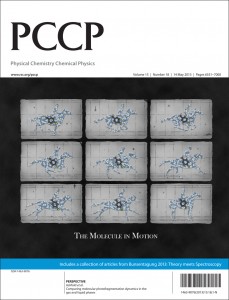 We are delighted to announce that the PCCP themed collection on Theory meets spectroscopy has now been published online – take a look today!
We are delighted to announce that the PCCP themed collection on Theory meets spectroscopy has now been published online – take a look today!










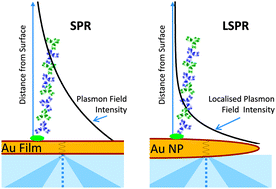 Technology based on surface plasmon resonances and localised surface plasmon resonances is surging. And so is the research into SPR effects, see for instance the recent PCCP themed collection:
Technology based on surface plasmon resonances and localised surface plasmon resonances is surging. And so is the research into SPR effects, see for instance the recent PCCP themed collection: 
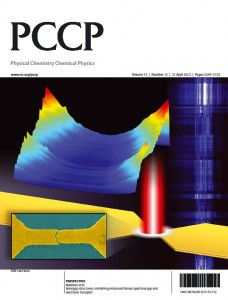
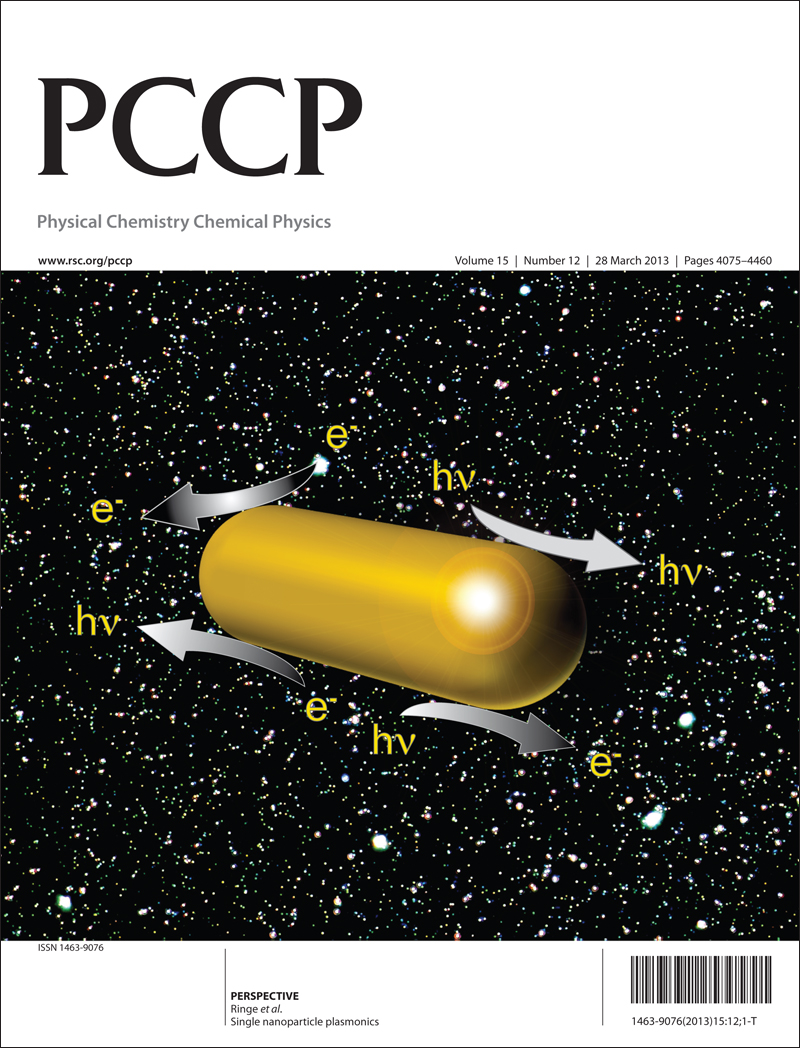
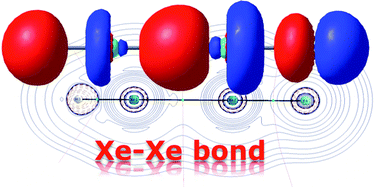 The inherent lack of reactivity of the noble gases is so entrenched in the collective mind of the population, that even though noble gas containing compounds have been known for decades, the identification of new ones is still extremely exciting. I was therefore delighted to come across
The inherent lack of reactivity of the noble gases is so entrenched in the collective mind of the population, that even though noble gas containing compounds have been known for decades, the identification of new ones is still extremely exciting. I was therefore delighted to come across